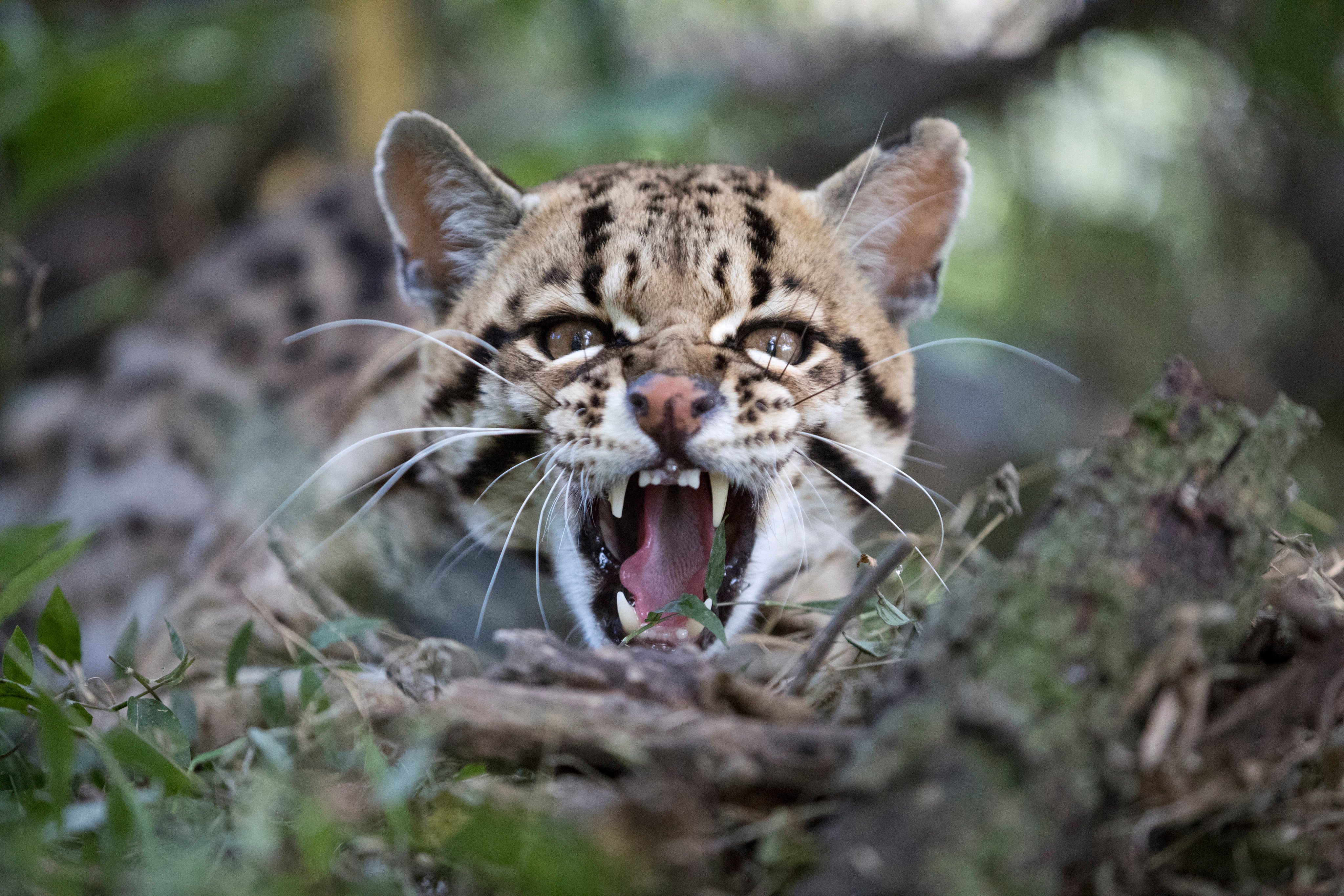
- Threatened by hunting and habitat loss, the South American country’s cloud forests could thrive on responsible tourism. Extending nature reserves would help
It’s just after dawn in Ecuador’s Maquipucuna Cloud Forest Reserve. The sound of 1,000 water droplets falling on foliage complements the riotous early morning birdsong, while a fine mist cloaks the moss-laden canopy above.
Local guide Antony Flores scans the trees with his binoculars and points to a tall pacche (laurel) tree, heavily laden with aguacatillos. Something large but surprisingly nimble is moving in the upper branches, feasting on the tiny, fat-rich wild avocados.
September in Maquipucuna is the start of the avocado season, which means it can be only one animal – the iconic Andean or spectacled bear.
As South America’s only bear species – and the inspiration for the widely beloved children’s character Paddington Bear – Andean bears are the poster children of the Ecuadorean cloud forest.

They are also the reason more people are flocking to Maquipucuna – a two-hour drive from the Ecuadorean capital, Quito – from September to November each year.
There are believed to be fewer than 10,000 of these bears left across the northern Andes. Listed as “vulnerable” on the International Union for Conservation of Nature red list, they face an increasingly uncertain future as a result of habitat destruction and hunting.
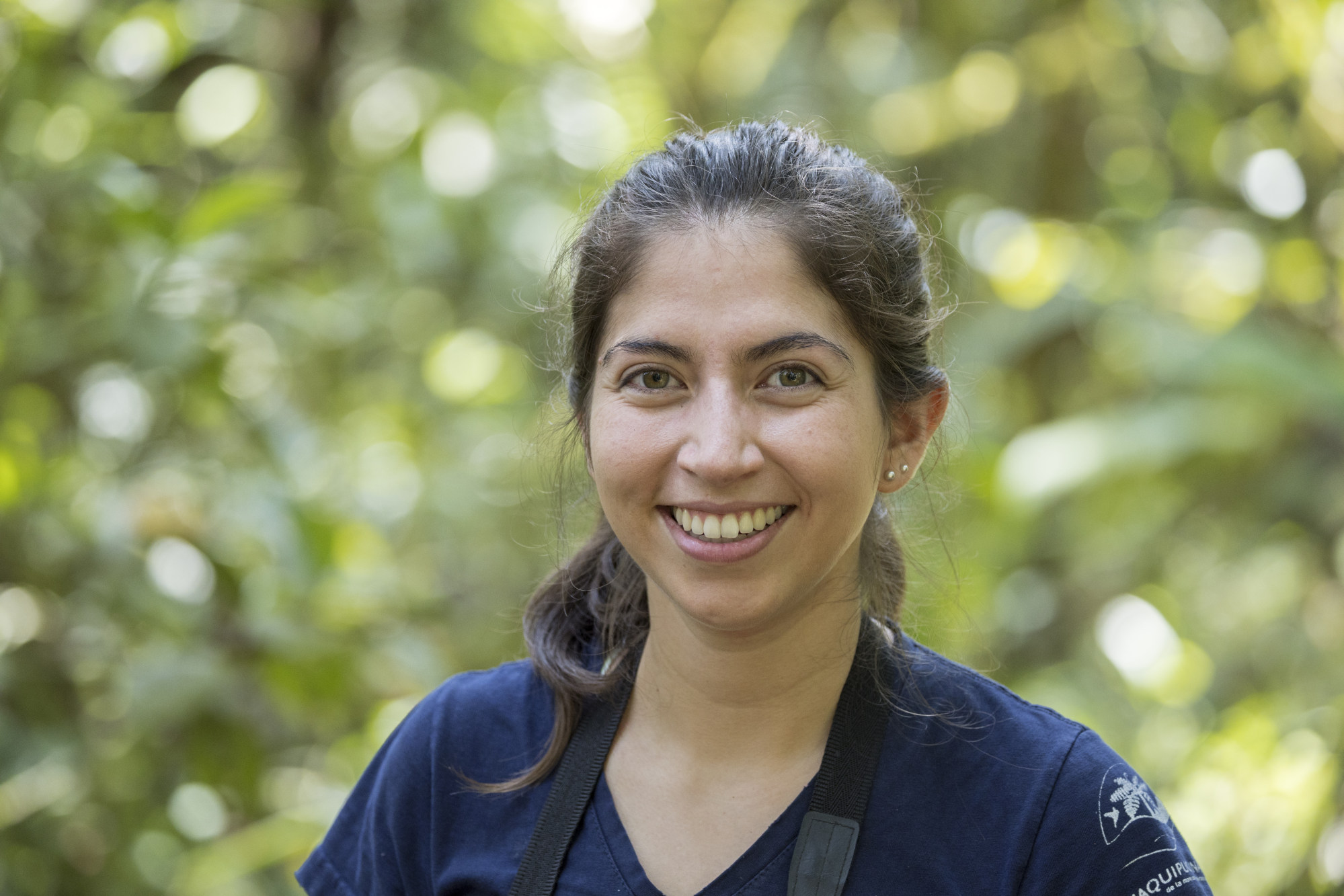
“Andean bears are both a keystone species and an umbrella species [those selected for making conservation-related decisions],” says Isabel Ontaneda, director of operations at Fundación Maquipucuna, which manages the Maquipucuna Cloud Forest Reserve and Maquipucuna Ecolodge.
“It’s really important that we’ve been able to develop bear watching as a sustainable activity on the reserve. By having this charismatic ambassador for the cloud forest, humans can relate better to it and really buy into its protection.”
Straddling the equator, Ecuador is one of South America’s smallest countries, but is astonishingly biodiverse. Most people will have heard of the Galápagos, the string of Ecuadorean Pacific islands that hosts endemic populations of iguanas, penguins, fur seals, finches and giant tortoises, and was brought to the world’s attention by Charles Darwin and his book On the Origin of Species (1859).
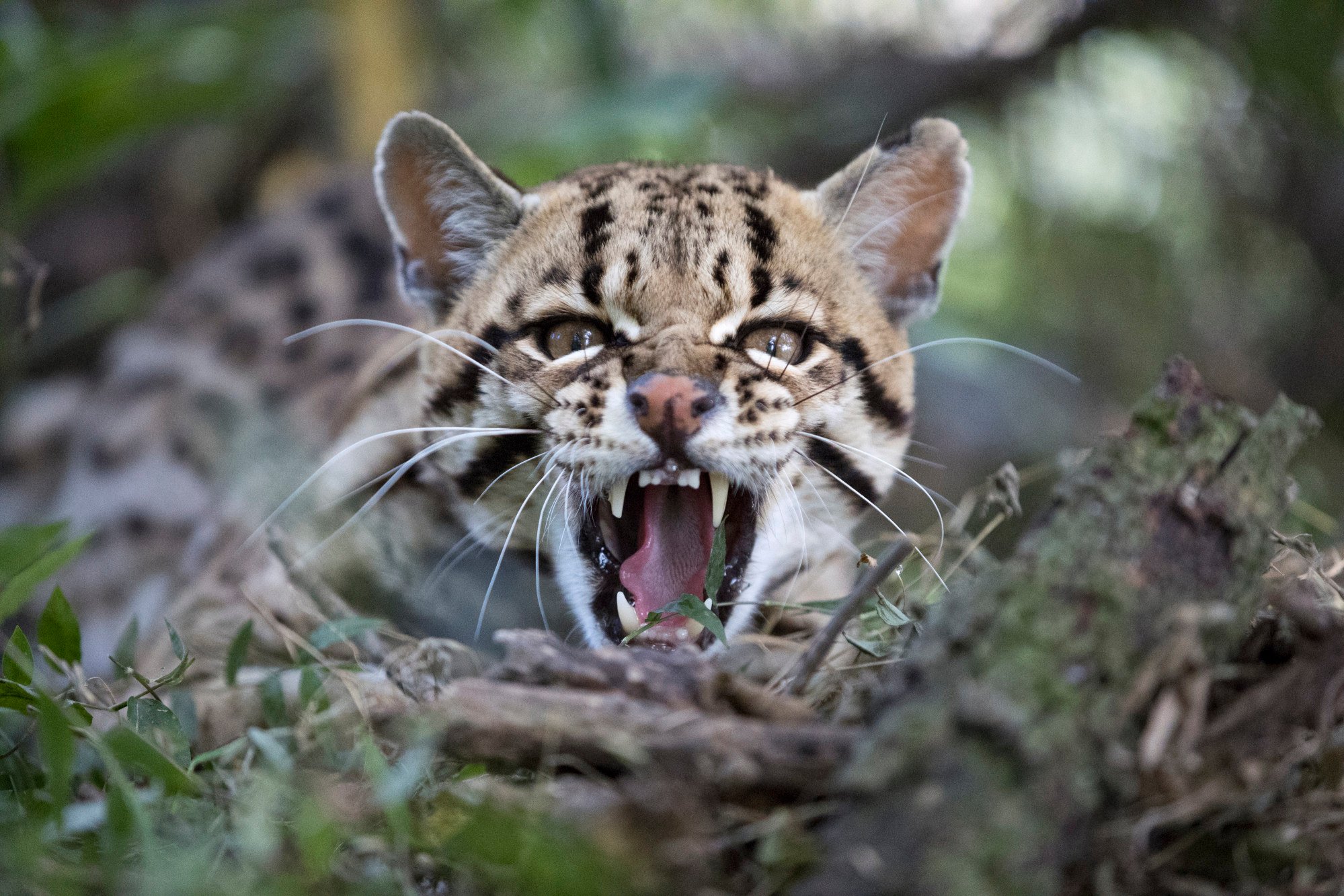
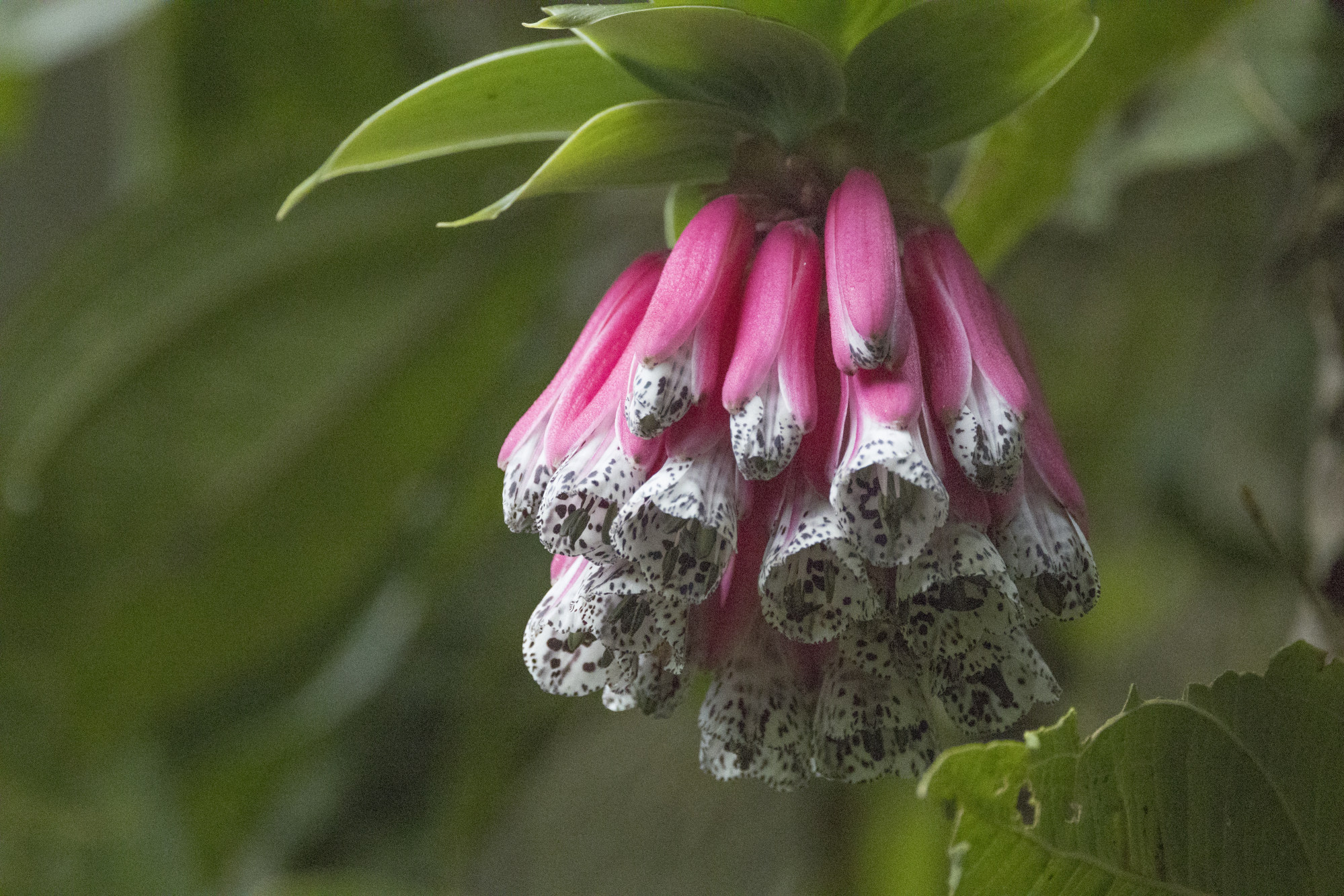
Eastern Ecuador is home to a sliver of the upper Amazon basin, a lush rainforest where jaguars, caiman and anaconda hunt, while the country’s so-called Avenue of the Volcanoes, named in the early 1800s by German explorer Alexander von Humboldt, is the province of llamas, alpacas and condor.
A lot further down the Ecuadorean travel hit list – although gradually climbing it as it becomes better known – is the Chocó region.
This thin ribbon of rainforest and cloud forest, sandwiched between the soaring peaks of the Andes and Ecuador’s Pacific coast, is a magnificent biodiversity hotspot.
Its 180,000 sq km (69,500 square miles) are home to around 3 per cent of the world’s plant species, as well as 63 bird species (and counting) found nowhere else on Earth. This is a higher density of endemic birds than anywhere else in the Americas.
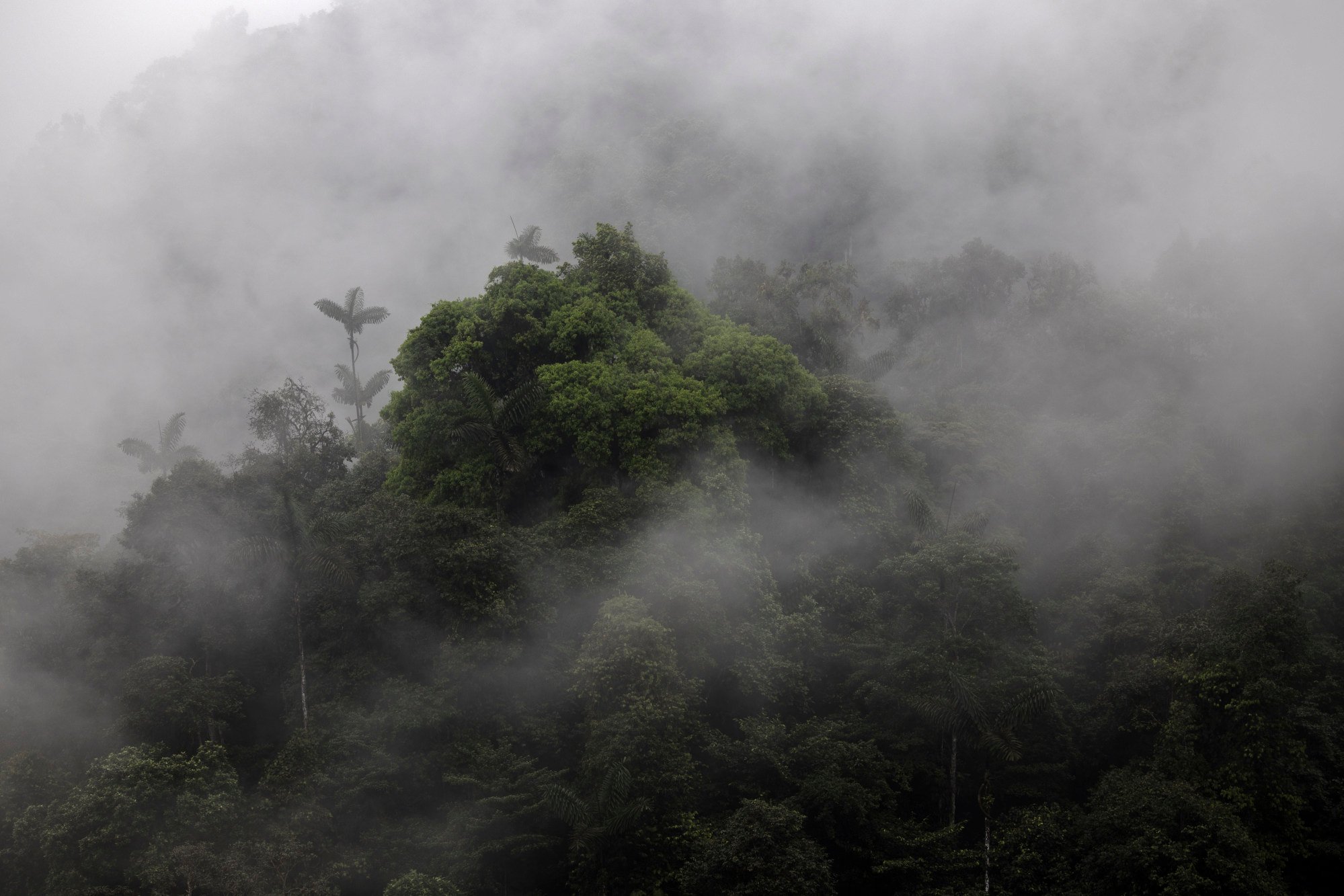
Most of Ecuador’s cloud forests are northeast of Quito and can be reached by road in two to four hours. At an elevation of between 1,800 and 3,500 metres (5,900 and 11,500 feet), they are swathed for much of the year in cool mists, formed when humid air – from the Pacific to the west and Amazon to the east – hits the Andes and rapidly cools.
Mist and cloud provide up to 40 per cent of the water the cloud forest receives (rainforests, by comparison, receive almost all their water from precipitation). This means large amounts of water are deposited directly onto vegetation, creating a perfect habitat for epiphytes – plants that grow on other plants.
The most famous of these are colourful orchids – of which Ecuador has an incredible 3,500 species – and distinctive bromeliads, of which the most well-known example is the pineapple.
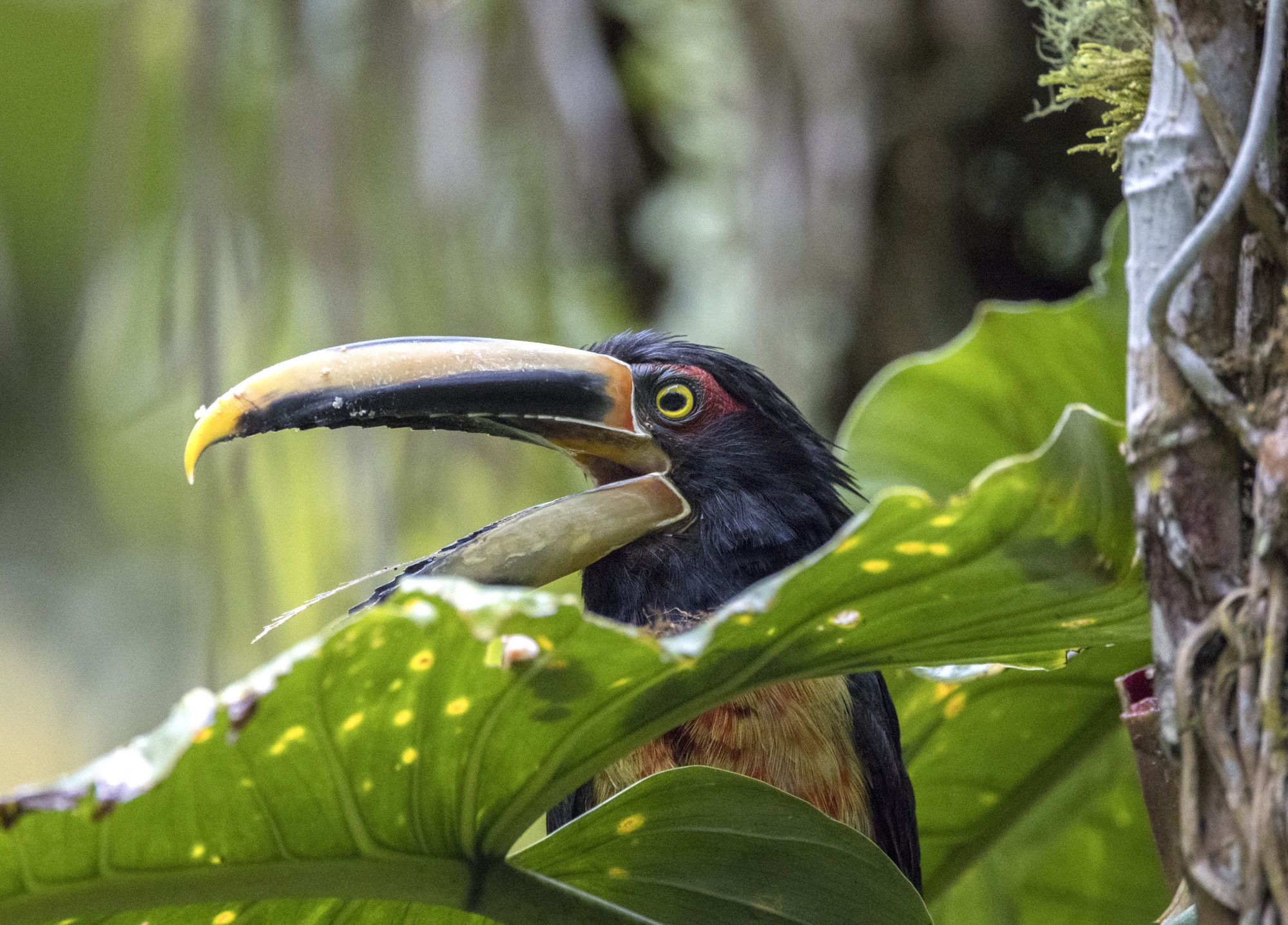
The Ecuadorean cloud forest is also home to an impressive array of animals.
The Chocó is renowned among birding enthusiasts, with more than 500 species on record, including the vermilion-feathered Andean cock-of-the-rock, multicoloured tanagers, toucans, trogons and more than 100 species of hummingbird, which flit through the trees on tiny wings that are like iridescent jewels.
In addition to Andean bears, frequently spotted mammals include squirrels, armadillos, agoutis, coatis and tayras, while jaguars, ocelots, howler monkeys, sloths, tapirs and pumas are more elusive.
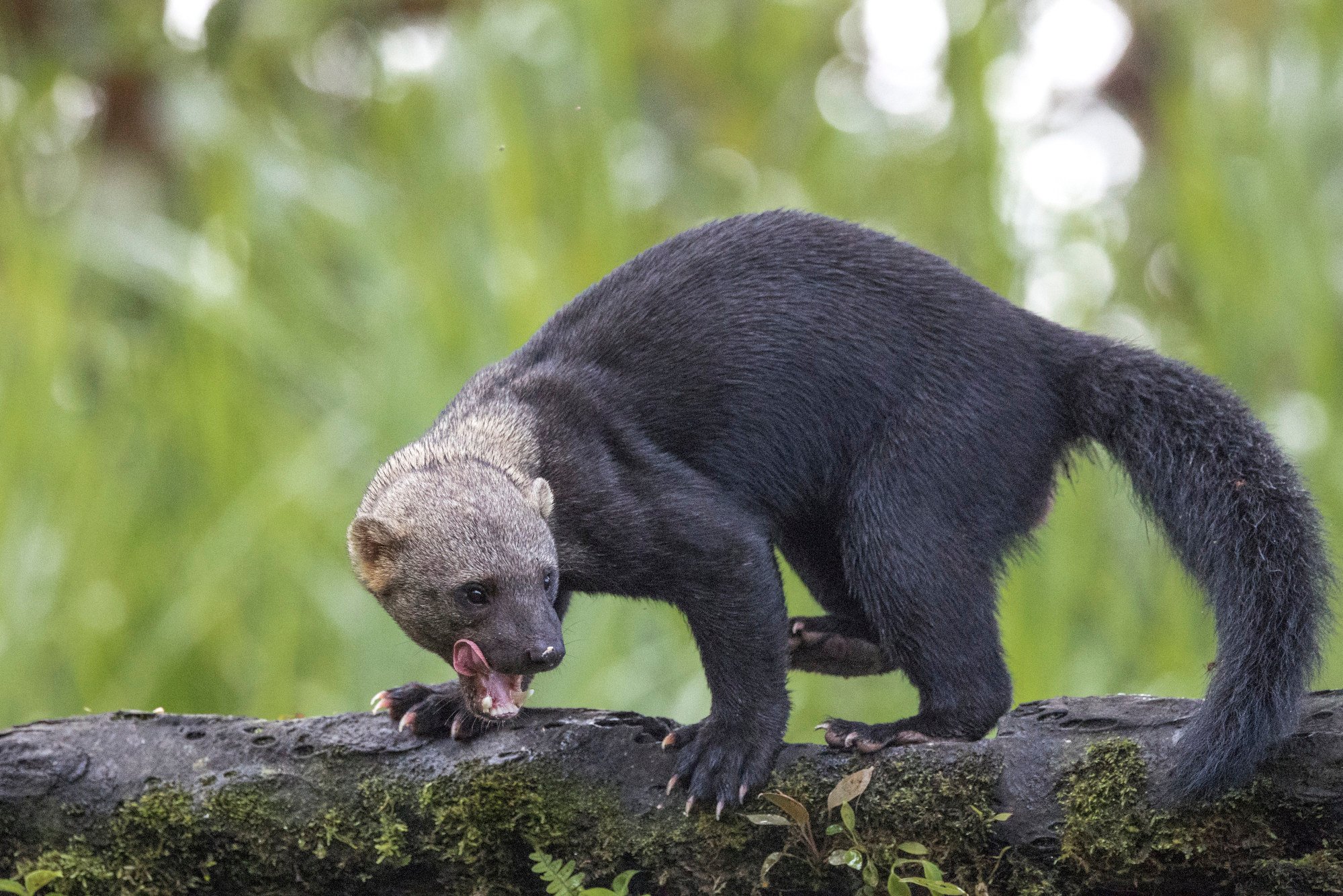
New animal species are discovered every year, including recently the olinguito (a type of raccoon) and two species of glass frog, which can make themselves transparent by depleting the haemoglobin in their blood while they rest.
Cloud forests provide a sanctuary for plants and animals, since they are typically among the last ecosystems to be converted to agriculture, owing to their steep and rocky slopes.
Indeed, cloud forests often appear on satellite images as a network of mountaintop patches, rising up from a sea of pastures and plantations.

Despite its topographical advantage and wild nature, the Ecuadorean Chocó is being destroyed at a rate that exceeds that of forests in the Amazon.
Around 2,000 sq km are cleared each year – for palm plantations and timber for charcoal making, to grow commercial plantations to support local construction and for mining.
Many wildlife species are hunted for meat, or sold as exotic pets. Climate breakdown is also a factor, drying out forests and exposing them to greater levels of ultraviolet radiation.
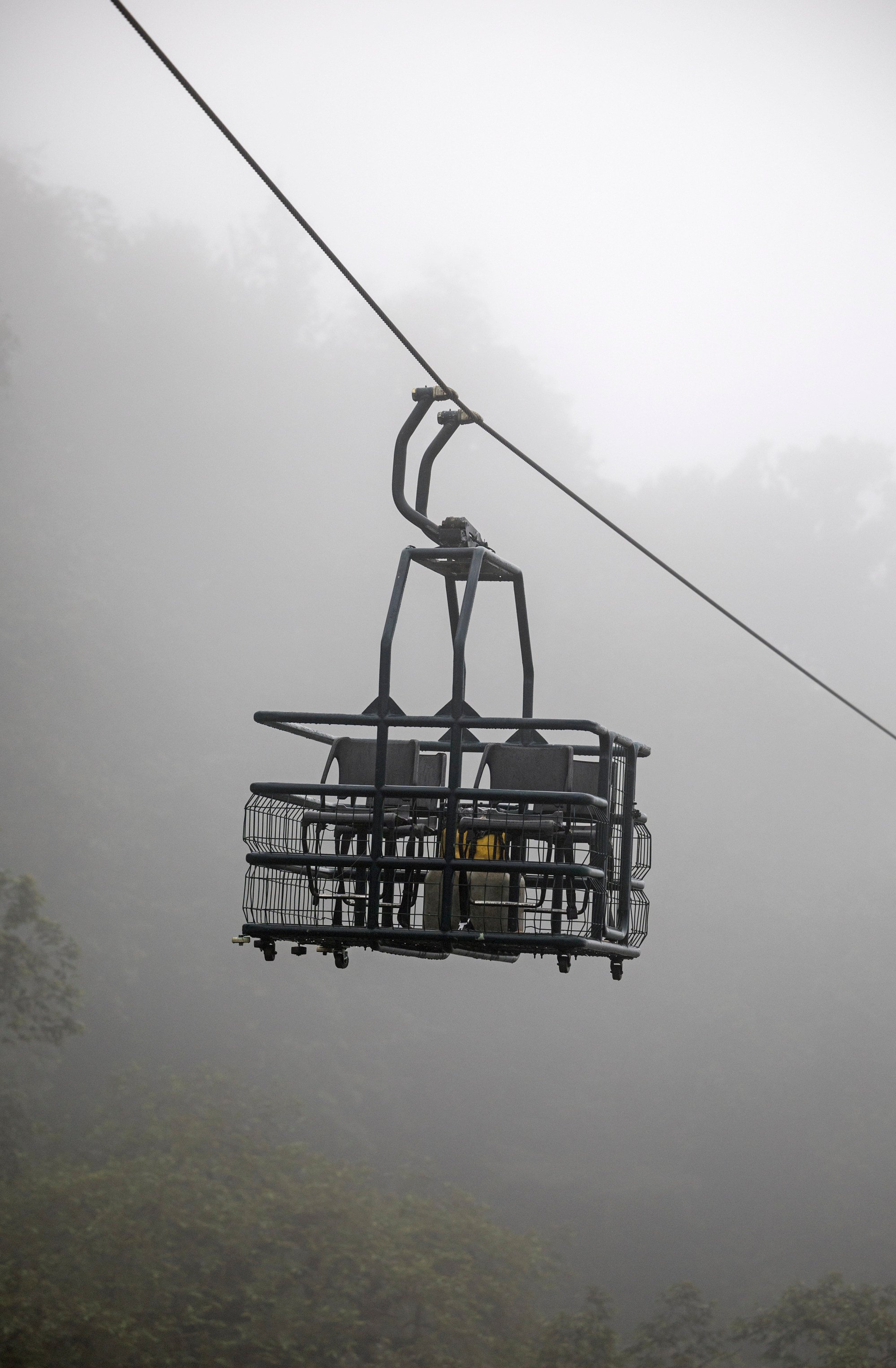
Less than two hours’ drive from Quito, yet a million miles from the Ecuadorean capital’s busy streets and bustling markets, the beautiful 400-hectare Bellavista Lodge and Nature Reserve is another cloud forest destination – like Maquipucuna – filled with natural wonders.
Booted racket-tails, buff-tailed coronets and myriad other hummingbirds swarm around the lodge’s feeders, while plate-billed mountain toucans greet newly arrived guests with their dazzling plumage and donkey-like braying.
Bellavista is the best place to see the nocturnal olinguito, which was discovered only in 2013.

True to its name, Bellavista stands on a forested hilltop in Tandayapa Valley, with views over the surrounding Chocó. The reserve was the vision of British backpacker Richard Parsons, who arrived in Ecuador in the early 1980s, fell in love with the country and never left.
“We bought the first piece of land here in 1991, and gradually expanded,” says Parsons. “Some bits of land were agricultural, some were secondary forest. As you can see, the forest actually comes back incredibly quickly, if you give it the chance.”
While still dedicated to cloud forest conservation, Parsons says he isn’t planning on expanding Bellavista any further.
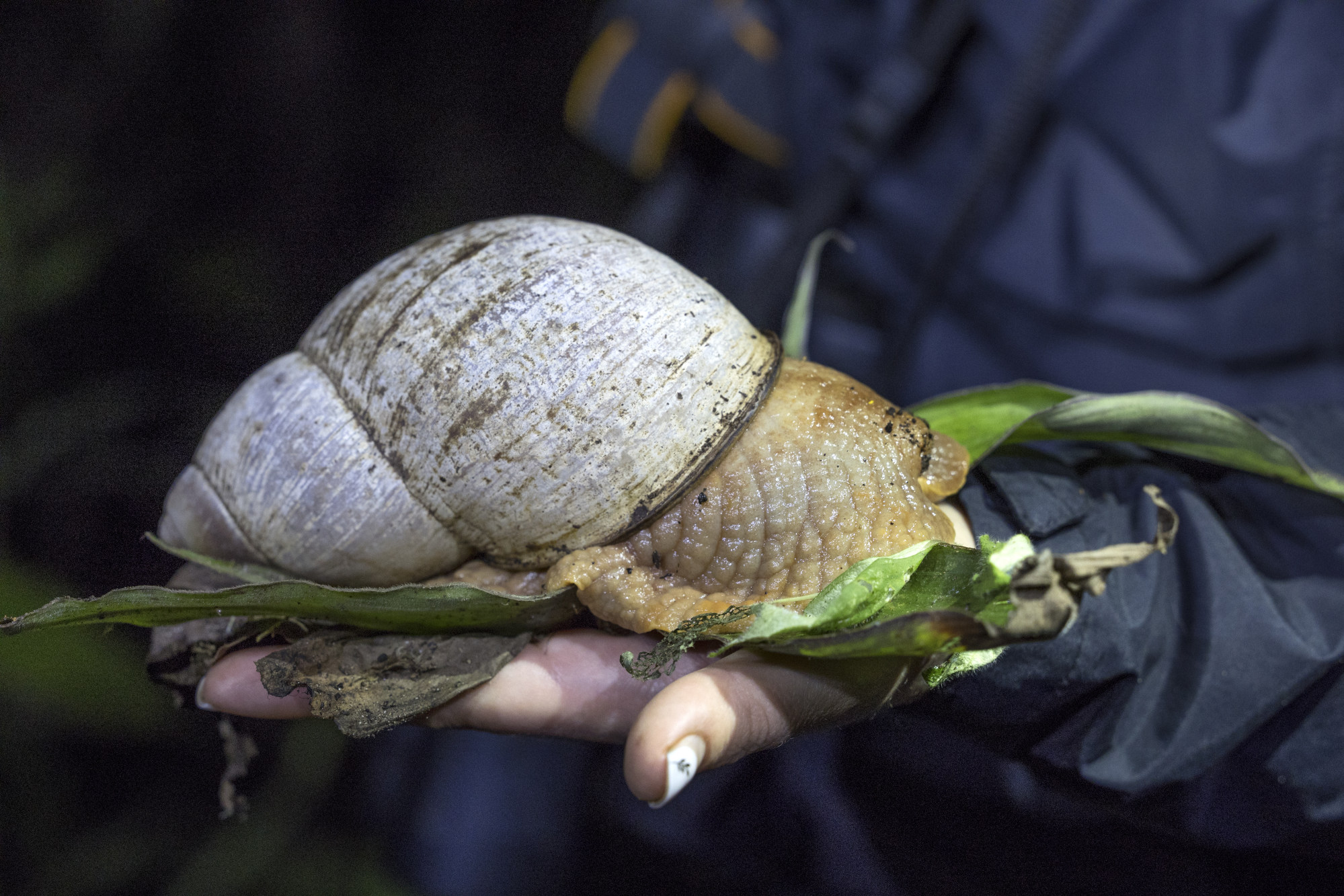
“I’d say we’ve done our bit; now we want other people to be involved. And gradually that is happening, which is really positive. People are buying land to conserve the forest – both foreign and Ecuadorean.
“The idea now is to move forward and make the entire Tandayapa Valley some kind of connected, nationally recognised reserve, which would offer protection against deforestation, hunting and mining.”
In the face of wide-ranging threats to the Ecuadorean Chocó, the story of Bellavista and the Tandayapa Valley exemplifies how nature-based tourism could be its salvation.
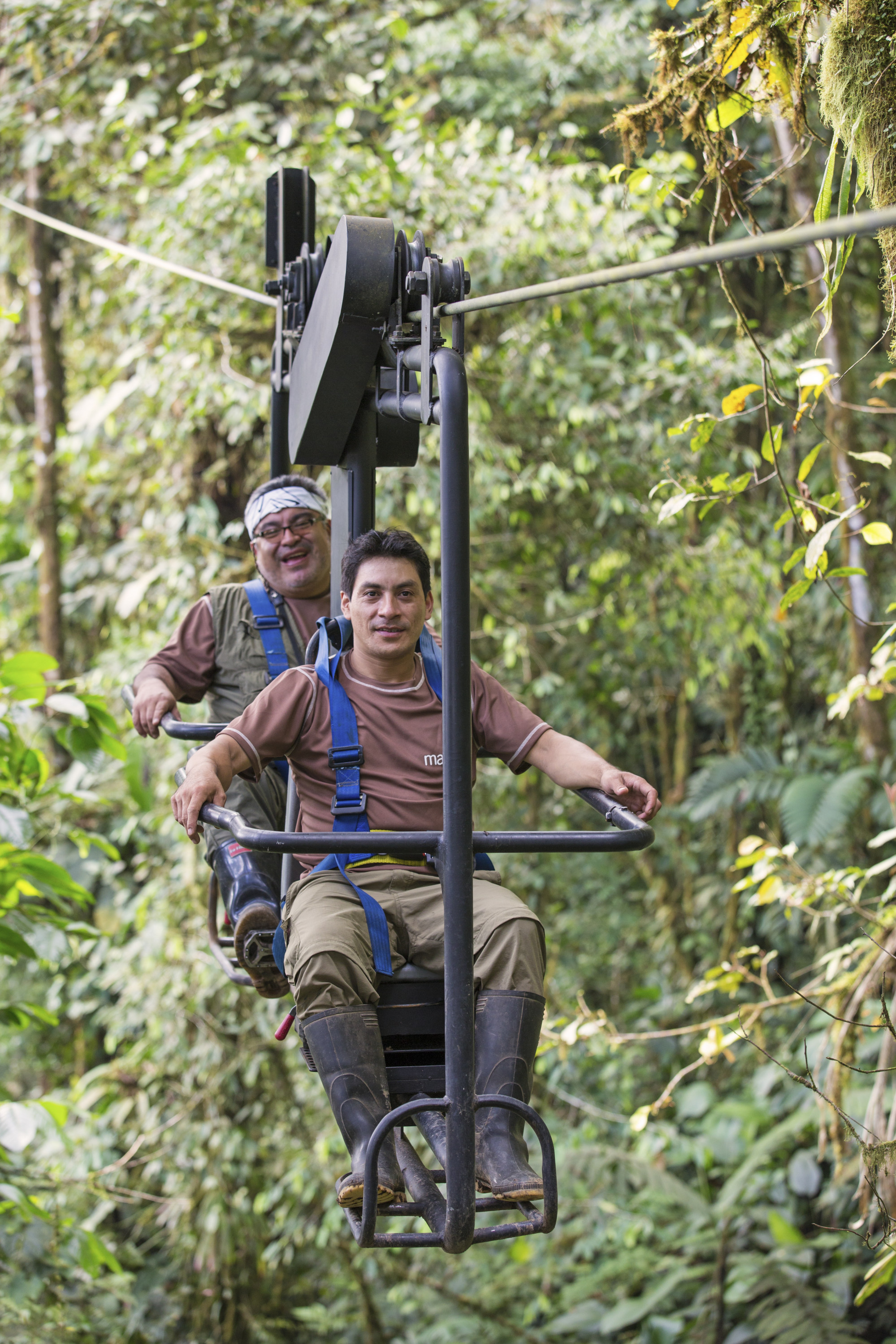
The growing popularity of the Ecuadorean cloud forest as a tourism destination has helped to raise awareness of its precious natural heritage, and its endangered status.
Many Ecuadorean national parks are expanding their boundaries, anti-logging and poaching laws are becoming increasingly well enforced and the number of private and community-owned reserves has increased, as locals and entrepreneurs see the economic value of healthy and fully functioning cloud forests.
The 2,500-hectare Mashpi Cloud Forest Reserve, a three-hour drive from Quito, is another example of an increasingly popular destination for Chocó enthusiasts, with a canopy-top cable car and “sky bikes” – tandem-like contraptions suspended from a wire – giving guests intimate encounters with local nature.
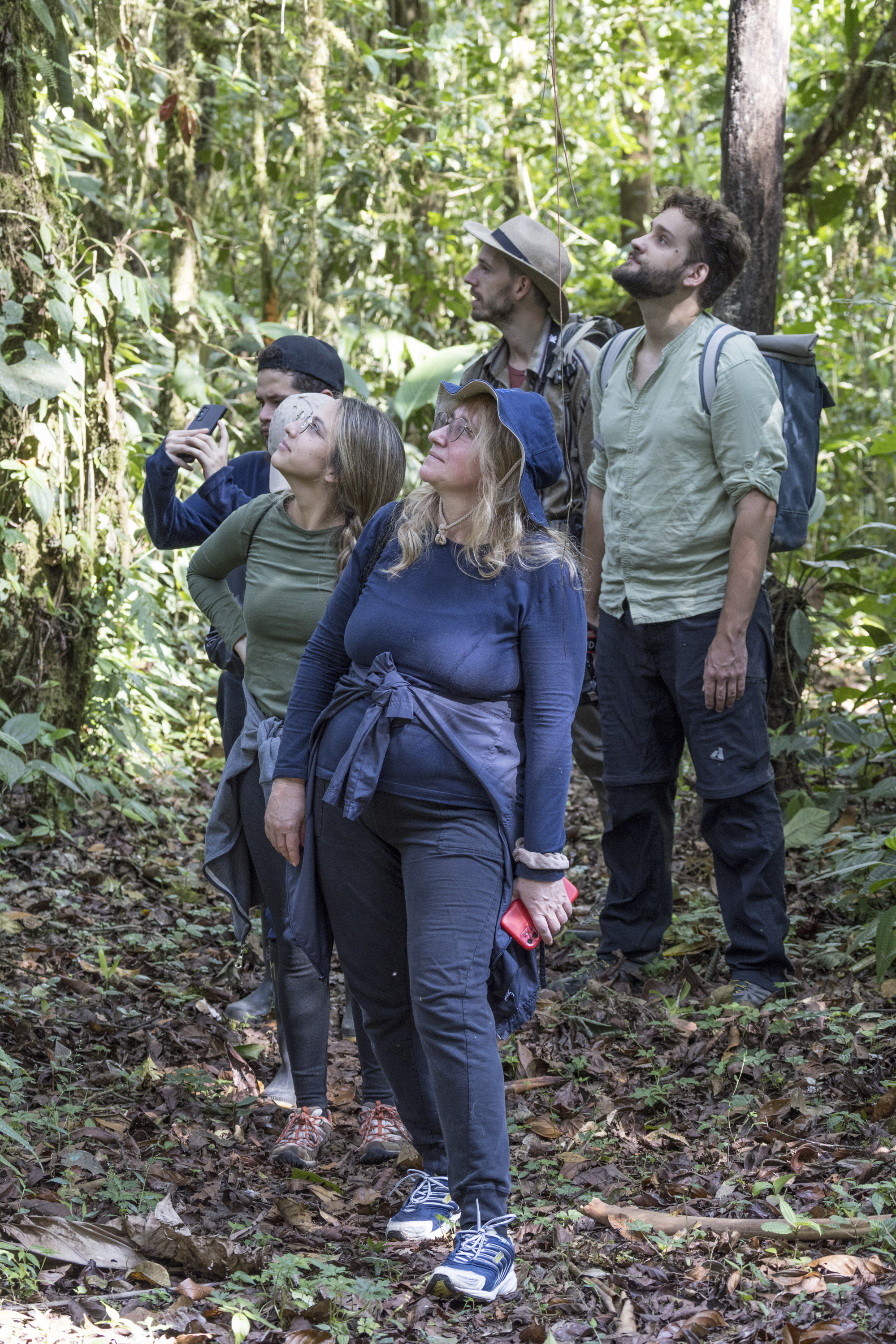
Since the foundation of the high-end Mashpi Lodge just a decade ago, in-house biologists – in collaboration with Ecuadorean and international researchers – have documented nine new species in the reserve alone, which could eventually expand to 5,000 hectares if plans come to fruition.
“Around a fifth of the Ecuadorean Chocó cloud forest remained in 1998 – now there’s just 2 per cent,” says Estuardo Lima, a naturalist guide who has worked at Mashpi for many years. “The great tragedy is that this happened without almost anyone realising.
“Everyone who visits Ecuador’s cloud forest today, regardless of their background, is captivated by its incredible beauty and biodiversity. So let’s hope the growing partnership between conservation and sustainable tourism is enough to turn the tide.”

